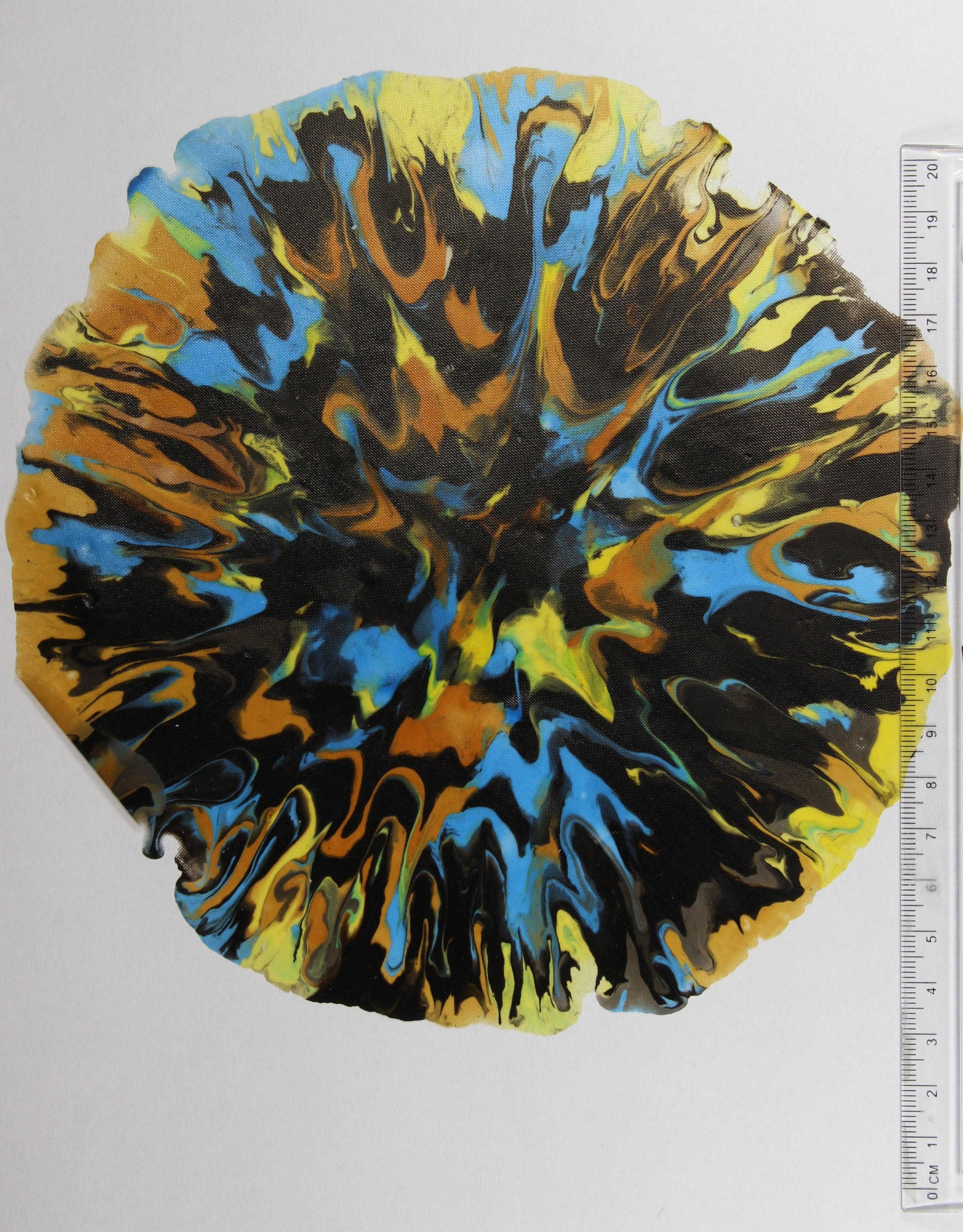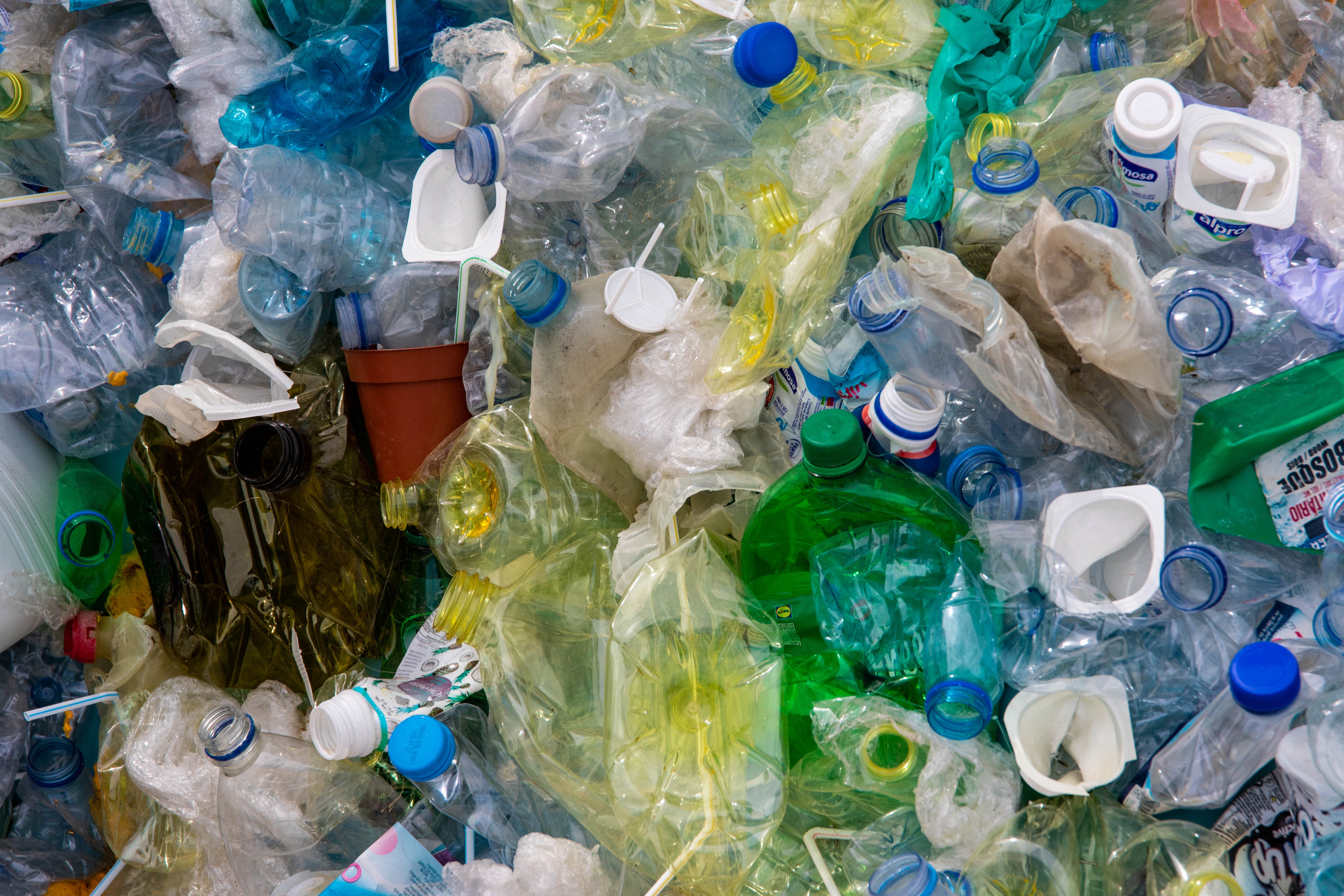What’s in plastic waste? New options for analyzing plastic waste



Plastic has become an indispensable part of our everyday life, from yogurt cups and smartphones to lightweight dashboard designs in automobiles. However, there is one problem with the versatile and high-performance plastics: It is almost always manufactured from fossil sources, often ends up in the waste after a short time, and is then rarely reused or is reused less intelligently than possible. The Lubey AG and the Fraunhofer Institute for Microstructure of Materials and Systems IMWS in Halle (Saale) would like to develop a process enabling better analysis of plastics and plastic mixtures, and thus provide better options for their recycling.
More than 400 million tons of plastic are produced every year worldwide. They are needed for everyday items like packaging, but are also used in the mobility sector, clothing, and the construction industry. Ninety nine percent of the plastic produced is made from fossil fuels like coal, oil, and gas, with the corresponding CO2 emissions. Another negative effect of plastic is the spread of microplastics in the environment and even into the food chain.
European waste legislation has reacted to these problems and now stipulates higher recycling quotas. Instead of incinerating plastic waste or sending it to a landfill, the plastics should be recycled for use as industrial materials or raw materials. The ideal is a circular economy in which no more CO2 is emitted. However, Europe is still far from achieving this goal. One sixth of the plastic products produced in Europe are currently disposable items, the recycling quota for plastic waste in Germany is only about 15 percent – and even when it is recycled, only a few valuable products are actually created from the waste (downcycling).
In order to change this situation, we need better analysis methods, which will be developed in the ongoing research project ending in April 2022. “In the current value-added chain from plastic waste to a product consisting of recycled plastic, the main problem is the following: In order to recycle the plastic waste, you must first know the composition of the waste. In most cases, neither the supplier nor the recipient know exactly which substances it contains. The analysis methods normally used up to now are proving to be increasingly inadequate, too complex, and too slow, or they are not even applied due to their high cost”, says Thomas Wagner, who heads the project at the Fraunhofer IMWS in the framework of the Transfer and High-Performance Centre Chemical and Biosystems Technology.
What percentage of the waste is plastic waste? How much of this is polyethylene terephthalate (PET), polyvinyl chloride (PVC), polystyrene (PS), polypropylene (PP), or polyethylene (PE)? In what condition is each of these components? To answer these questions, the project partners focused on an automated pressure-melt analysis method as a digital system with which it is possible to draw qualitative and quantitative conclusions in terms of the material composition and processability.
“A selective, fast, and robust analysis method for the plastics and plastic composites appearing in waste as well as their distribution is a prerequisite for improving the ability to sort the plastic waste. The better the plastics are sorted, the higher the quality of the options available for their later use in an industrial or a raw material”, says Wagner. “Improved sorting can contribute to increasing the recycling quotas, and therefore to reducing the impact on the environment caused by plastic waste.”